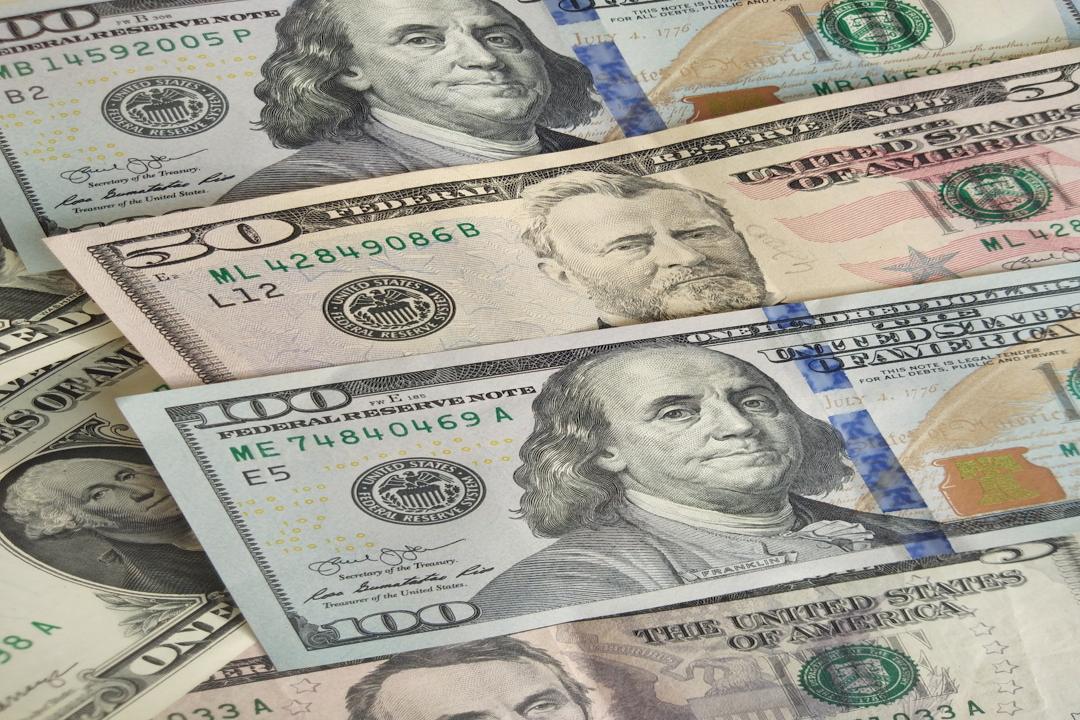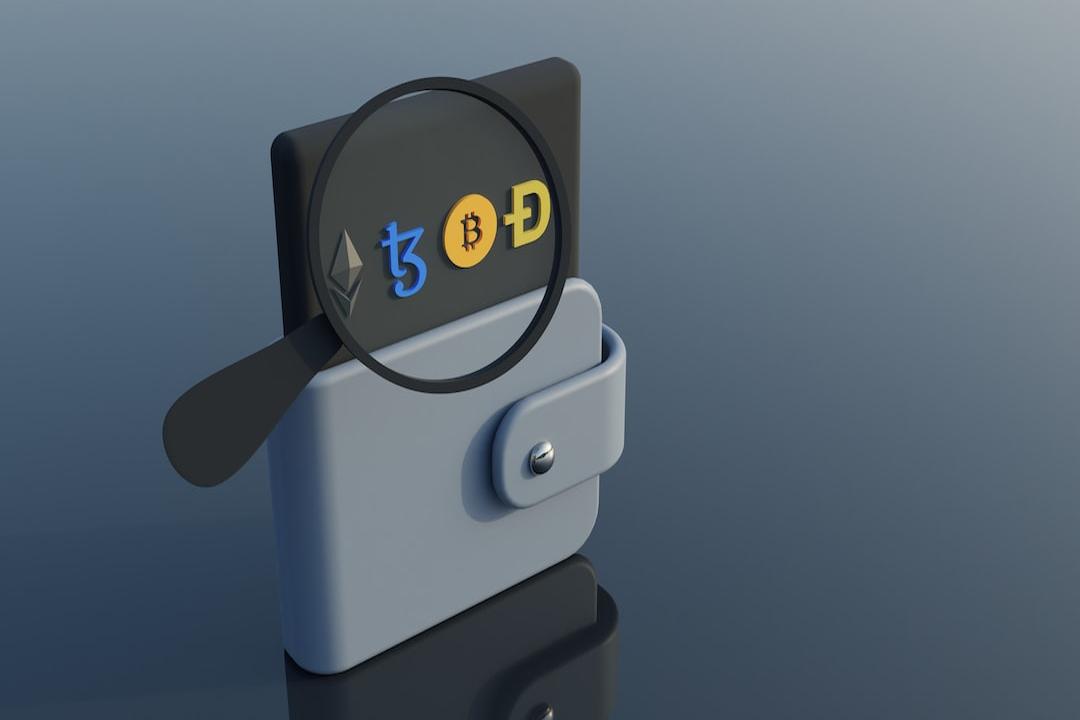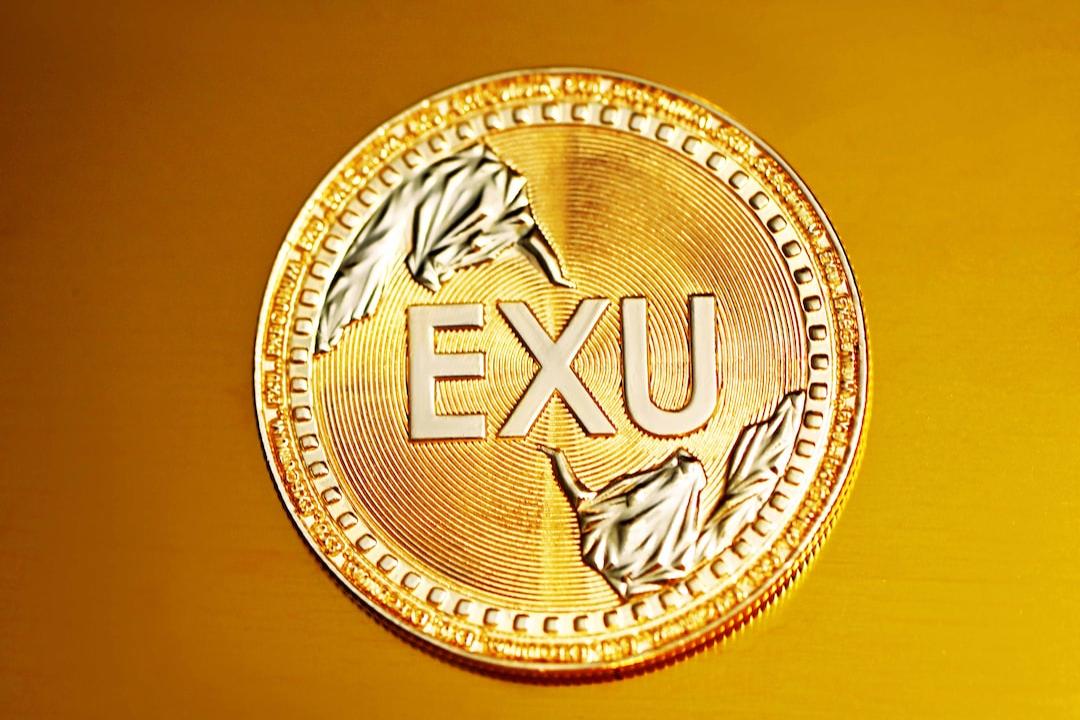Bitcoin (BTC) experienced a notable increase of 6% following the U.S. Federal Reserve’s decision to cut interest rates by 0.50% on September 18, elevating its value to a three-week peak of approximately $63,500. Despite this upward movement, indicators from the derivatives market suggest that Bitcoin enthusiasts are cautious about expanding their leveraged positions, putting the $62,000 support level at risk.
### Interest Rate Cuts and Labor Market Data Influence Bitcoin Prices
The release of the U.S. jobless claims report on September 19 further bolstered investor confidence, revealing a drop in weekly unemployment benefit filings to a four-month low of 219,000, down from July’s high of 250,000. Although unemployment claims remain elevated, this decrease indicates positive trends. Stephen Innes from SPI Asset Management noted to Yahoo Finance that the Fed’s priorities have “now decisively shifted to the labor market,” especially given that inflation holds steady at around 2.5%.
In light of these changes, U.S. stock markets also thrived, with the S&P 500 hitting an all-time high on September 19. Federal Reserve Chair Jerome Powell reassured the market by stating that “the U.S. economy is in good shape,” and characterized the rate cut as “a sign of faith, not panic.” He elaborated, “The best time to support the labor market is when it is strong, not when layoffs begin.”
However, some investors are concerned that the upcoming U.S. presidential election in November may exert a more substantial influence on the global economy. Billionaire investor Ray Dalio expressed to CNBC that the election “highlights challenges to society’s ability to function smoothly.” He refrained from endorsing either major party candidate, instead advocating for “moderates coming together […] to bring about significant reform.”
Dalio voiced apprehensions about the current “win-at-all-costs mentality,” suggesting it could lead to the losing side refusing to acknowledge the election results. While political discussions often revolve around issues like abortion, immigration, and climate change, Dalio pointed out that the primary worry for voters continues to be the rising cost of living, according to national polls.
Given the Biden administration’s critical stance toward the cryptocurrency industry, it’s understandable why Bitcoin derivatives traders are cautious about adopting a bullish outlook too quickly. During a House Subcommittee hearing on September 18, Arkansas Representative French Hill accused the U.S. Securities and Exchange Commission (SEC) of “injecting politics into its regulatory approach,” resulting in “confusion and uncertainty.”
### Bitcoin Options Reflect Decreased Demand for Downside Protection
To evaluate whether traders are gaining faith in the $62,000 support level, analyzing the Bitcoin futures funding rate is essential. Perpetual contracts, often termed as inverse swaps, feature an embedded funding rate that is recalibrated every eight hours. A positive funding rate generally signifies heightened demand for leverage from buyers (long positions).

*Bitcoin perpetual futures 8-hour funding rate. Source: Laevitas.ch*
From September 18 to September 19, Bitcoin’s 8-hour funding rate remained fairly constant at 0.005%, translating to 0.5% on a monthly basis, indicative of a neutral market. While this marks a significant improvement from the negative rates observed on September 14, the current rate suggests that retail traders are still reluctant to adopt a bullish stance on Bitcoin’s price.
To determine if this sentiment is unique to Bitcoin perpetuals, it’s important to investigate the BTC options market. The put-to-call volume ratio gauges the balance between demand for put (sell) options and call (buy) options. Typically, during uncertain periods, the demand for protective put options rises, pushing the ratio above 1.0.

*BTC put-to-call options volume ratio at Deribit. Source: Laevitas.ch*
On September 19, the put-to-call volume ratio for Bitcoin options dropped to 0.54, indicating that call options outnumbered put options by 86%. This represents a significant shift from the previous two days when the ratio suggested a more balanced demand for both calls and puts. Ultimately, while Bitcoin traders may be cautious about opening leveraged long positions, the declining demand for downside protection implies that traders are relatively assured regarding the $62,000 support level.
This article is intended for informational purposes only and should not be construed as legal or investment advice. The views expressed herein are solely those of the author and do not necessarily reflect the opinions of Cointelegraph.

